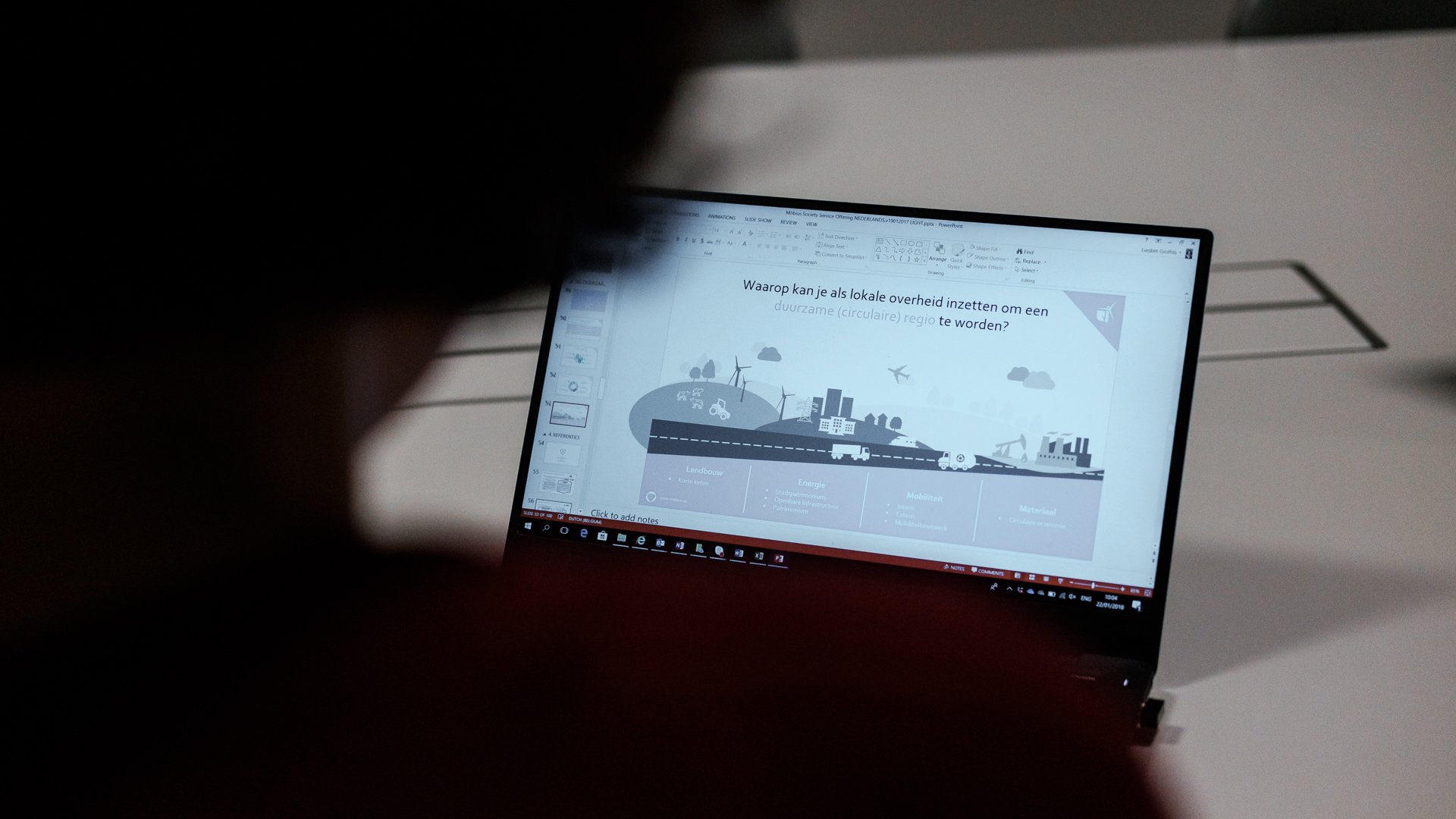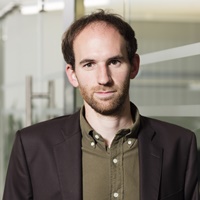Circular cities
Why are theories about circular economy and circular cities often so far removed from everyday reality, despite a shift in the social debate on this theme? Where are the obstacles to take the necessary steps? In November I found a nice addition to previous insights at the Disruptive Innovation Festival (DIF). The DIF is an annual online event with lots of interesting webinars (> 200 hours of content) from experts and innovative thinkers from all over the world. The webinars can still be consulted for a month at www.thinkdif.co. This year circular economy was the central theme.
There was one webinar that particularly inspired me, namely the one with the subject 'Towards the Circular City: Designing and Planning Urban Ecosystems'. I would like to summarize the seminar in this blog.
More than half of the world's population lives in cities and is responsible for the consumption of 75% of the resources on earth and roughly 60-80% of greenhouse gas emissions. The environmental challenges and the challenges with regard to the way we live in cities are therefore inherently linked. As an important driver for economic growth, cities will show us the way to circular economy.
How to become a circular city? Today cities are often run with short-term objectives and spatial planning is not very flexible. The solution lies in shifting the consumption of energy and the generation of waste to an environment in which resources are infinitely reused without value destruction. The key factor here is switching to a city with a decentralized planning and adaptable design. This means more decentralized flows of materials and energy (for example, instead of pushing large wastewater treatment plants far away from the city, we will bring them back into the city itself). Democratizing technology is also a key factor. Test projects with energy monitoring show that people will consume 15% less if they can monitor their consumption online.
There are 3 major challenges here:
- Map the urban metabolism, i.e. the material flows and energy flows in the city, to create closed cycles. Urban metabolism is the sum of technical and socio-economic processes that take place in the city and result in growth and the production of energy, materials and waste (Christopher Kennedy, 2007).
- Engage and involve citizens, i.e. create communities that manage the energy flows together.
- The specific "DNA" of a city is the key. There is no all-in solution, no typical blueprint for a circular city. For each individual city, consideration must be given to the spatial conditions, the present infrastructure, etc.
Succes factors are:
- Look at the spatial factors in the neighborhood or quarter: some regions are more "natural candidates" for a circular area than others (for example in the core of a city center it is often different than, for example, at a business park).
- Bring the community into the process; try to involve as many people as possible in the story.
- Use the approach of a living lab and use best practices that have already been tested elsewhere. Eg. the living lab at De Ceuvel in Amsterdam and the eco-industrial park of Kalundborg (Denmark) are fine examples. Buiksloterham, a region in the north of Amsterdam, will become a circular region in the coming years, supported by more than 20 companies and organizations.
A task for the government? Every organization within a region can contribute to the evolution towards a circular region. It is the task of government organizations to create a climate in which citizens and companies dare to experiment and innovate. This means a place where industry, universities and residents can meet and strengthen each other in realizing a circular strategy.




